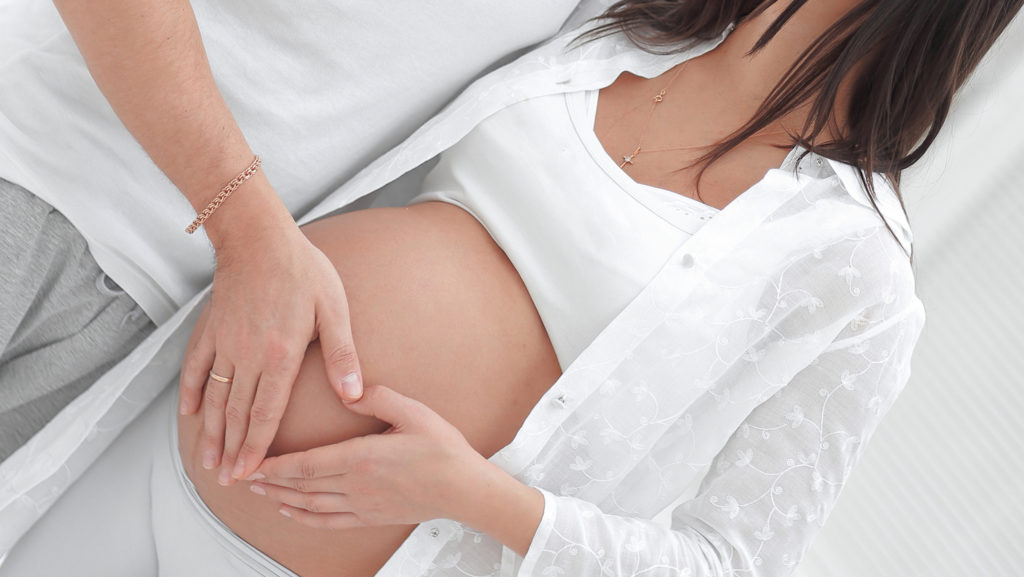From wishing to have children to wishing child
From the desire to have a child to become pregnant with help
An accurately timed infertility investigation increases the chance to achieve a pregnancy. Infertility affects approximately 10% of people of reproductive age , and 15% of couples. Roughly 40% of cases involve a male contribution or factor, 40% involve a female factor, and the remainder involve both sexes. It is assumed that 75% of couples, who achieve pregnancy, are not supplied with an efficent therapy.
In Austria approximatly 30.000 couples are concerned. Patients are often confused about when the appropriate time is to see a specialist. At the age of 25 to 35 women have a 70% chance/year to become pregnant, between 35 to 40 the chance drops to 20%/year. It is a fact that the “biological clock” is ticking. In the last decades changes in society with extended education time and late first job-starting have caused a tardy wish for pregnancy. Therefore each 7th baby is born to a woman over 35.


Timing is important: A woman and her eggs are the same age
More and more women are having their first child after the age of 35. This time also coincides with the natural decline in fertility potential. One of the most challenging clinical scenarios is the impact of the aging egg on pregnancy chances. This decline in fertility potential, or “ovarian reserve”, is the natural consequence of the aging process on human eggs.
Many couples may not be aware that a woman’s age can play a significant role in her ability to become pregnant. The decline in fertility potential, or “ovarian reserve”, has little to do with how healthy or fit a woman may be. As you plan your future, just remember to include this fact as you plan your reproductive future.
When should I see a specialist?
You should contact a specialist or a fertility clinic if you fail to conceive following one year of unprotected intercourse if under 35 years of age or six months if over 35.
Infertility affects approximately 10% of people of reproductive age , and 15% of couples.
